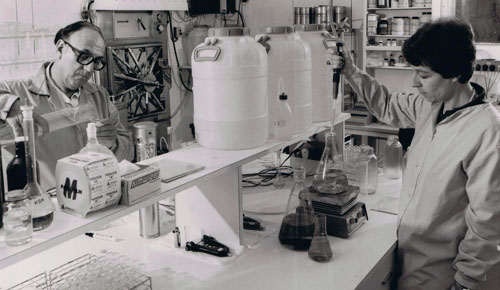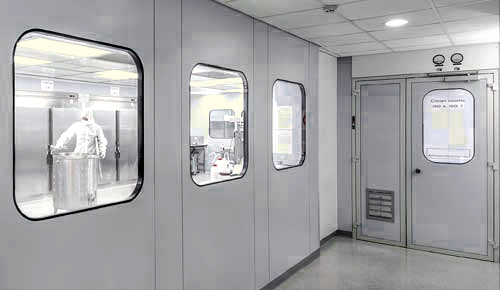Does NutriFreez® D10 Cryopreservation Medium contain DMSO?
Yes. NutriFreez® D10 Medium contains 10% DMSO and Methylcellulose.
Why is the Methylcellulose needed?
Methylcellulose is a hygroscopic material that acts as a water absorbent to prevent ice crystal formation.
Does NutriFreez® D10 Cryopreservation Medium contain Phenol Red?
Yes. Phenol red is used for pH monitoring during freeze and thaw cycles. If cells are thawed and the solution exhibits yellow/purple coloration, it may indicate that the freezing process was incorrect, and cell viability should be checked. However, we can provide a custom version for those applications requiring a phenol red-free formulation.
Why do I need an animal component-free (ACF) freezing solution?
Serum is a "black box" that contains numerous components that are not necessary for cryopreservation and may even harm the cells during freezing and thawing. ACF solutions ensure enhanced viability and recovery, in addition to reproducibility and consistency.
Can I keep cells in -20°C / -80°C for long periods?
As with any freezing solution, long-term cryopreservation in NutriFreez® D10 Medium is most efficient at -196°C, or in liquid nitrogen. Storage in -20°C / -80°C for long periods may affect cell viability due to prolonged exposure to DMSO, an effect that is ameliorated by preserving cells in liquid nitrogen (-196°C).
Do I need to add anything to NutriFreez® D10 Cryopreservation Medium?
No, it is a ready-to-use formulation; simply pellet the cells and resuspend in the solution.
What type of cells can I cryopreserve in NutriFreez® D10 Cryopreservation Medium?
NutriFreez® D10 Medium has been used successfully in many cell types, including, but not limited to: Human Mesenchymal Stem Cells (hMSC) derived from Bone Marrow (BM-MSC), Adipose Tissue (AT-MSC), Umbilical Cord Tissue (UC-MSC), and Dental Pulp Tissue (DP-hMSC), Human Embryonic Stem Cells (hESC), Induced Pluripotent Stem Cells (iPSC), Human Peripheral Blood Mononuclear Cells (PBMC), Human Endothelial Cells (EC), T cells, including Chimeric Antigen Receptors (CAR-T) cells and Tumor-Infiltrating Lymphocytes (TIL), Neurons, Astrocytes, Hybridomas, CHO cells, Vero cells, multiple mammalian cell lines, including: MRC-5, HEK-293, HepG2, HeLa, BSC-1, BGM, 3T3, MA-10, BHK-21, as well as other extremely sensitive cell types.
Can I thaw my cells frozen in NutriFreez® D10 Cryopreservation Medium and inject them, as part of a clinical application?
No. NutriFreez® D10 Medium is considered an ancillary material, meaning it may come into contact with the cell or tissue product during manufacturing, but is not intended to be part of the final product formulation.
What is better, Liquid Nitrogen (LN2) in a liquid phase or vapor phase?
It is best to preserve cells in the vapor phase of the LN2, mainly due to the fact that mycoplasma can survive in extreme temperatures, and thus have the potential to be found in the liquid phase.
How do you validate NutriFreez® D10 Cryopreservation Medium?
Each lot is tested for: pH, sterility, appearance, and performance.
Can you freeze tissues using NutriFreez® D10 Cryopreservation Medium?
No, NutriFreez® is used for freezing cells and clusters of cells (e.g. hPSC colonies). It is not intended for tissue samples.
Can you freeze single cells using NutriFreez® D10 Cryopreservation Medium?
Yes, NutriFreez® D10 Medium has been used for the freezing of hPSCs in many forms including colonies, small clusters, and single cells.




